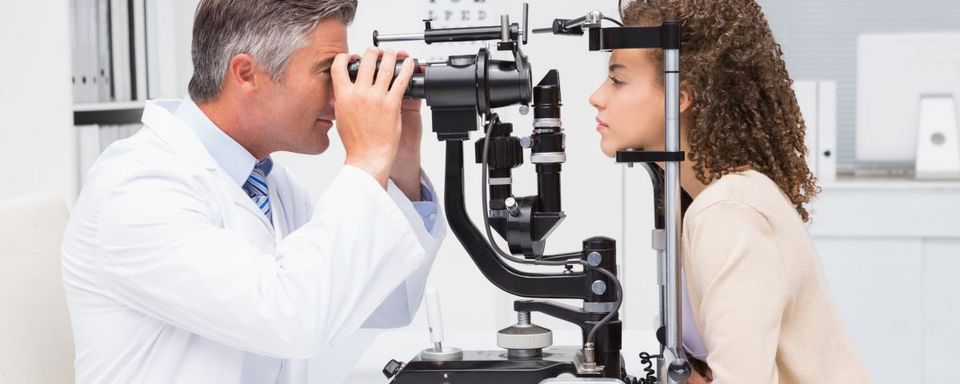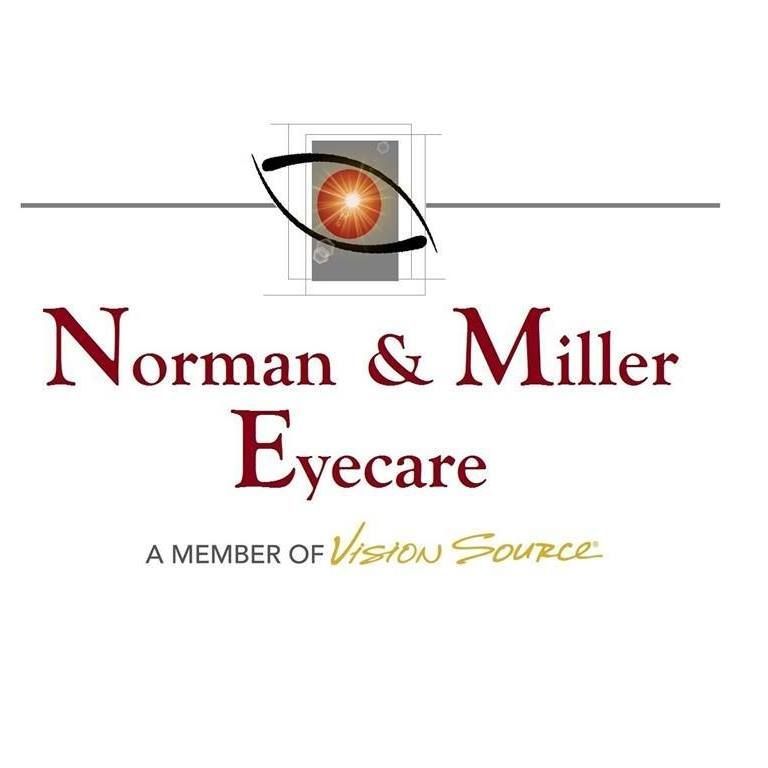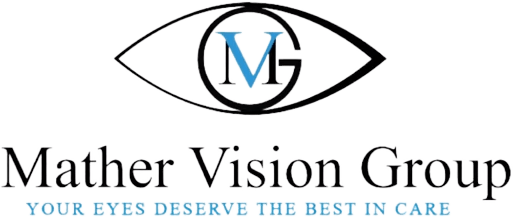Call Us Now: (765) 742-1955
Blog Layout
What Can You Expect During an Eye Exam?

Our eyes are one of the most important and powerful tools in our anatomy. For this reason—regardless of your age or physical health, whether you wear prescription lenses or not—routine eye exams are as necessary as physical exams.
Beyond the Prescription
Routine eye exams involve more than just finding the right prescription lenses for your needs and picking out fashionable frames. When examining your eyes, optometrists use a variety of tests that can help determine your overall health. Diseases, such as, diabetes, hypertension, and autoimmune disorders can be detected through various eye tests during your eye exam. In some cases, optometrists are the first to detect these full-body health problems.
Types of Vision Tests
Below is a list of five common vision tests you may encounter during an eye exam.
Retinoscopy
During this test, the lights are dimmed and the optometrist will have you focus on a chart across the room. As you focus on the image, the doctor will place a device in front of your eye and shine a light on your eye, while flipping through various lenses. Based on how the light reflects from your eye, the optometrist can determine what kind of prescription you currently have.
Why?
If you already have an eyeglass prescription, but don’t know the exact type when your doctor asks, this test can be used to get an approximation of your prescription.
Visual Acuity Test
Your optometrist uses this test to evaluate your eyesight. Most of us are familiar with this test. One example is the Snellen test. Your eye doctor uses a wall chart to test your distance vision (how well you see at a distance). The chart has several rows of letters that decrease in size as you move down the chart. The optometrist will place you 20 feet away from the chart and ask you to read the smallest row of letters you can while covering one eye. This test is done for each eye. Other tests include the Jaeger test and the E chart.
Why?
The visual acuity test is conducted to detect any vision problems a patient may have or to monitor vision problem already detected during a previous eye exam.
Color Vision Test
During this test, an optometrist evaluates your color perception. This can help detect color blindness or other diseases that may affect your color perception. This is usually conducted early in the routine eye exam. For this exam, the patient sits at a table, covering one eye, and the optometrist shows him various slides with different patterns of colored dots. The patient then looks for symbols or numbers hidden in the pattern.
- Why: The color vision test is a part of the routine eye exam. Also, certain job positions where color perception is important may require a color vision screening.
- Refraction test: An optometrist uses this test to determine the correct lens prescription for you. Using a device called a phoropter, your eye doctor presents you with a series of lens choices to help you determine which one looks clearer. Based on your answers, the doctor is able to fine tune the lens power to fit your needs.
- Why: Refraction test are important because you want to make sure you are prescribed the correct eyeglass or contact lenses for your needs. This test can also determine the level of astigmatism, farsightedness (hyperopia), nearsightedness (myopia), and presbyopia.
- Visual field test: This test is used by an optometrist to evaluate your peripheral vision.
- Why: The doctor may want to check for blind spots in your vision, which could help detect diseases like glaucoma or even damage to the nerves of the eye caused by stroke or a tumor.
What Is 20/20 Vision?
Believe it or not, 20/20 vision is just “normal” vision. If you have 20/20 vision, this means that you can see what people with normal vision can see from 20 feet away. If the number on the right is lower (20/10), then your vision is above normal. If the number is higher (20/60), then your vision is below normal, meaning different levels of vision loss. There are various classifications for visual impairment
that optometrists use to evaluate your eyesight.
Tips for Preparation:
- Be prepared with any questions you may have for your optometrist. If you have any concerns for the reasons why you are getting an eye exam, be sure to explain them to your doctor. This will also help determine what vision tests (aside from the routine tests) should be conducted during your visit.
- If you wear glasses or contact lenses, bring them with you. You will need to wear them during the exam in order to collect accurate results.
- If you are taking any over-the-counter or prescription medications, let your optometrist know. Certain medications may impact the vision test results.
Share
Tweet
Share
Mail

March 13, 2024
Dr. Steven C. Mather 1401 Union Street Lafayette, Indiana 47904 765.742.1955 Dear Esteemed Patients, After 43 years of dedicated service, it is with mixed emotions that I announce my retirement from my medical practice as of March 9th. It has been an incredible journey, one that I have cherished every moment of, and I am looking forward to spending more time on my new title of Grandpa. Our practice has rich history that dates back to 1946 with Dr. Peterson and in 1959 my uncle, Dr. Robert Mather, succeeded him. I was overjoyed to continue his legacy when I took over the practice in 1989. Over the years, we have built strong relations with our patients, and for that, we are profoundly grateful. Your loyalty and trust have been the driving force behind our success, and we cannot thank you enough for allowing us to be part of your lives for the past 78 years. I am thrilled to inform you that I have chosen to entrust the future of our practice to our friends at Norman and Miller Eyecare. They bring with them a wealth of knowledge, skill, and compassion, ensuring that you will continue to receive the highest quality of care. As I embark on this new chapter of my life, I do so with deep sense of gratitude and appreciation for each and every one of you. While I will miss seeing your familiar faces in the office, I am confident that you will be in excellent hands with Norman and Miller Eyecare. Please join me in welcoming them to our practice and continuing to entrust them with your healthcare needs. They share our commitment to providing personalized, compassionate care, and I am confident that they will uphold the legacy that we have worked so hard to build. They will continue to serve you at our 1401 Union Street location, however, if there is a location more convenient to you, your records will be available at all Norman and Miller Eyecare locations. Thank you once again for your trust and support over the years. It has been an honor and privilege to serve you, and I look forward to watching our practice flourish under the new leadership. With Warm Regards,
Phone: (765) 742-1955 | Fax:
(765) 742-2020 | Address: 1401 Union Street, Lafayette, Indiana 47904-2059
Content, including images, displayed on this website is protected by copyright laws. Downloading, republication, retransmission or reproduction of content on this website is strictly prohibited. Terms of Use
| Privacy Policy


